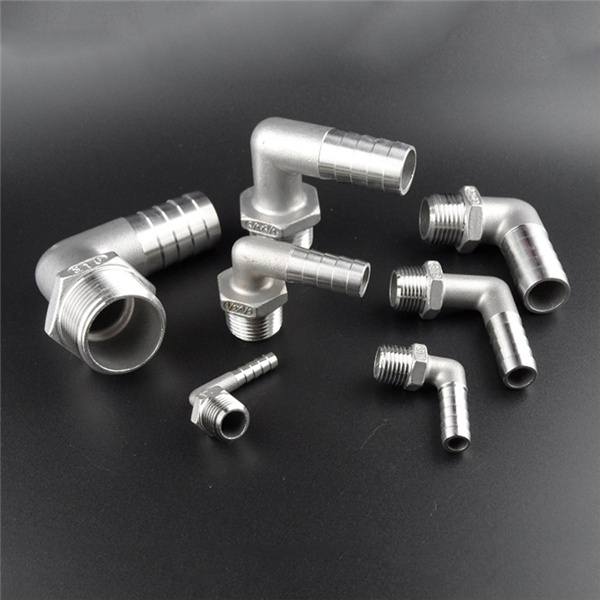Insulation pipe fittings mainly include insulation elbow, insulation elbow, insulation tee and cross, insulation reducer, etc. The insulation technology of polyurethane foam is adopted. Polyurethane foam has good mechanical properties and thermal insulation performance. Generally, it can withstand 120 ℃ and 180 ℃ by modification or combination with other thermal insulation materials.
Because the polyurethane rigid foam insulation layer of the insulation pipe is closely bonded to the steel pipe skin, it can isolate the infiltration of air and water, and can play a good anti-corrosion role. At the same time, its foaming pores are closed, and its water absorption is very small. High density polyethylene shell and glass fiber reinforced plastic shell have good anti-corrosion, insulation and mechanical properties.
First floor: working steel pipe floor
According to the design and customer requirements, seamless pipes (gb8163-87), spiral welded pipes (gb9711-88; sy/t5038-92) and longitudinal welded pipes (gb3092-93) are generally selected. After the surface of elbow tee pipe fittings is treated by derusting process, the derusting grade of steel pipes can reach grade SA2 in gb8923-1988 standard, and the surface roughness of welded insulation pipe fittings can reach r=12.5 microns in gb6060.5-88 standard.
Second layer: polyurethane insulation layer
A high-pressure foaming machine is used to inject rigid polyurethane foam stock solution into the cavity formed between the steel pipe and the outer protective layer at one time. That is commonly known as “pipe in pipe foaming process”. Its functions are waterproof, thermal insulation and supporting the self weight of the heat supply network. When the temperature of the transmission medium is: -50 ℃ -120 ℃, rigid polyurea foam plastic is selected as the insulation layer.
Three layers: high density polyethylene protective layer
The prefabricated black plastic pipes with wall thickness are used to protect the polyurethane insulation layer from mechanical hard objects and to prevent corrosion and waterproof.
Features of insulation pipe fittings:
1. Reduce the project cost.
2. Low heat loss and energy saving.
3. Anti corrosion, good insulation performance, polyurethane insulation pipe fittings, long service life.
4. Small land occupation, fast construction, favorable for environmental protection.
5. Safety.
Thermal insulation pipe fittings are widely used in central heating, cooling and hot oil transmission, as well as thermal insulation and cold insulation projects in warm rooms, cold storages, coal mines, petroleum, chemical and other industries.


